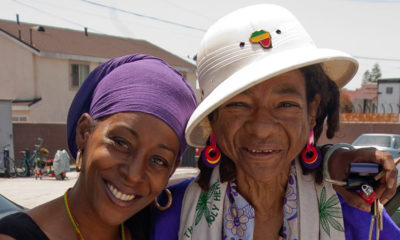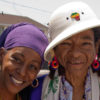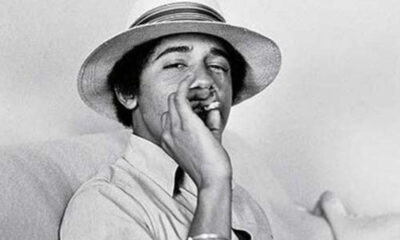
In History
Cannabis Gets Its Day in First-of-its-Kind Museum Exhibition
The OMCA exhibit will explore 10 ways people consider cannabis in California including cannabis science, medical marijuana, “Sacred Ganja” and “Recreational Reefer.”
Come this April, the Oakland Museum of California will debut the first-ever museum exhibition dedicated to cannabis in the state. The show, set to explore “marijuana, its uses and the evolving public attitudes and complex issues surrounding it,” is titled “Altered State: Marijuana in California” and will take place at the OMCA from April through September 2016.
“California is on the verge of making important decisions around marijuana that will impact people living in this state,” Kelly McKinley, director of the OMCA Lab, said in a press release. “OMCA is a place where people can come together to learn, question and add their voice to the different points of view around this topic at a very critical time in public decision making.”
Organizers say the exhibition is designed to be a “catalyst for conversation and reflection,” examining the many facets of cannabis including historical, social and political perspectives. In addition, “Altered State” will provide museum visitors with the opportunity to contribute to the nationwide conversation.
“The roles of museums in today’s world are shifting,” OMCA Director Lori Fogarty said through a release. “At OMCA, we aim to inspire Californians to create a more vibrant future for themselves and their communities. As part of this, we are dedicated to being a place where people can come learn about complex topics and, more importantly, add their voices and stories to the dialogue. This exhibition is proof of that in action.”
The exhibit announcement comes at the same time Reform California has announced the filing of an initiative proposing adult-use cannabis in the Golden State for the November 2016 ballot.
Each topic will include current data alongside historical and contemporary media and ephemera, as well as interactives and prompts designed to “stimulate conversations.”
























